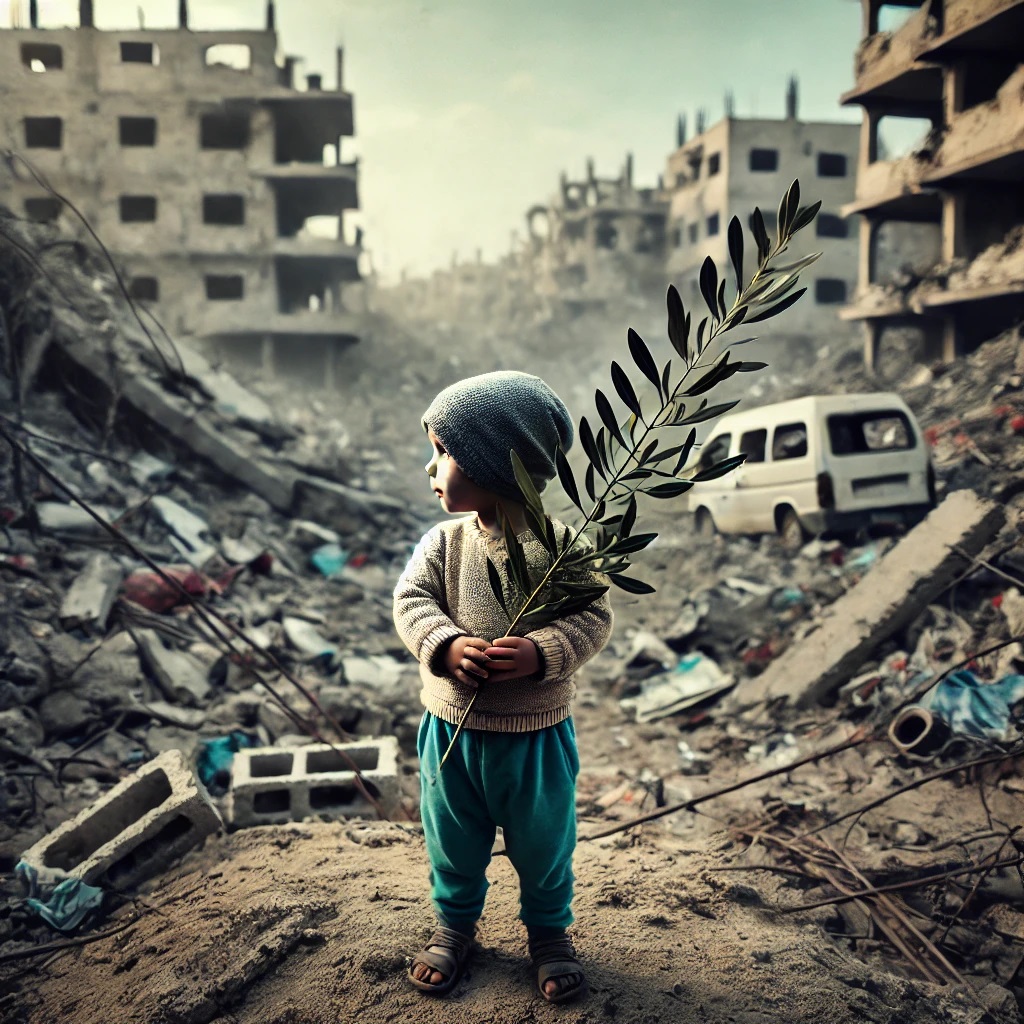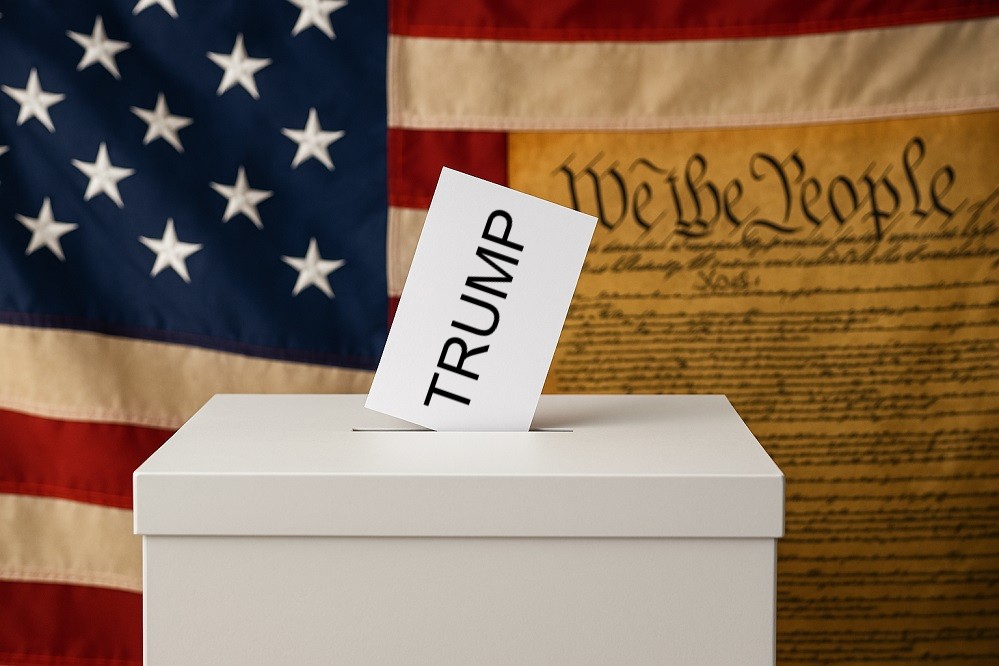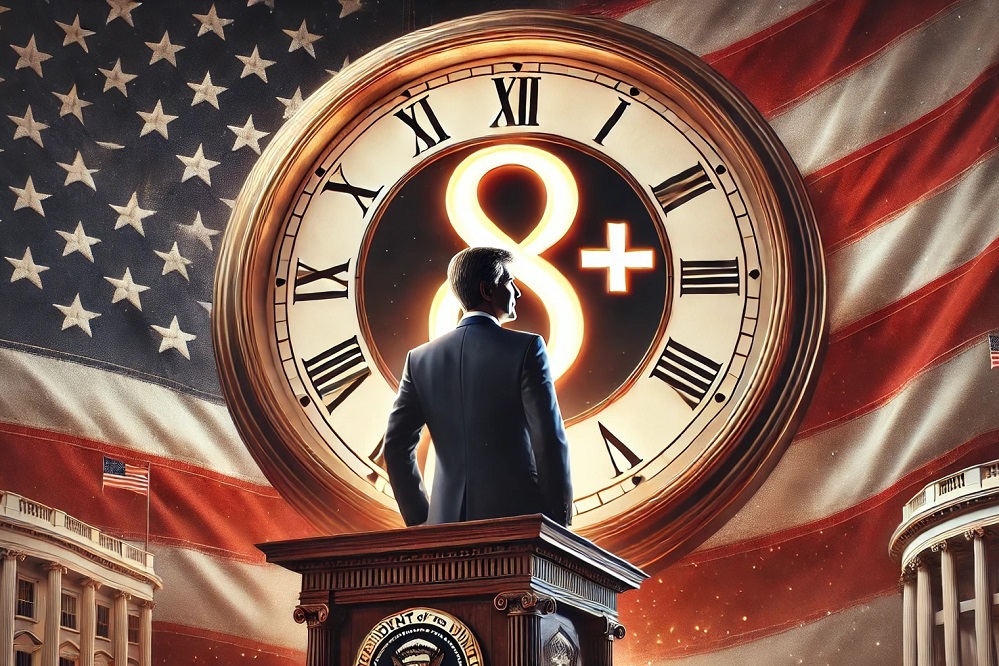For decades, the Israeli-Palestinian conflict has been trapped in an endless cycle of violence. Every proposed solution—diplomatic negotiations, two-state agreements, and international aid—has failed. Now, President-elect Donald Trump is thinking outside the box, proposing a radical but potentially game-changing plan: to take over Gaza, temporarily relocate its Palestinian residents for reconstruction, and rebuild it as a modern economic hub.
Trump’s proposal isn’t about imperialism or colonization; it is about fixing a humanitarian disaster that has left Gaza in ruins and providing a peaceful, beautiful place where all people can coexist. Israeli Prime Minister Benjamin Netanyahu praised the plan as “remarkable” and urged further exploration of the idea.
The Initial Ceasefire Agreement: A Temporary Solution to a Longstanding Problem
The initial historic ceasefire, brokered by President Trump with the help of Egypt and Qatar, provided a much-needed break from bloodshed. The agreement included:
- Immediate truce with a 42-day cessation of hostilities and the release of Israeli hostages by Hamas.
- Humanitarian efforts, including the gradual rebuilding of Gaza, establishing aid corridors, and medical support.
- Long-term goals aimed at a two-state solution, though skepticism remains high.
While this was a positive step, history has shown that temporary truces do not create lasting peace. Something more transformative must be done.
Trump’s Vision: A Bold, New Approach to Lasting Peace
Unlike past leaders who recycled the same failed strategies, Trump is taking a different approach. His plan involves eliminating Hamas and radical Islamic influence in Gaza to permanently end the cycle of violence, temporarily relocating Palestinians to neighboring countries during the rebuilding process, and transforming Gaza into a thriving economic and tourist hub, potentially turning it into the “Riviera of the Middle East.”
Supporters argue that this is the only real solution. If Gaza remains in the hands of Hamas and other extremist elements, the cycle of violence will never end. By removing these elements and rebuilding from the ground up, Trump’s approach aims to replace instability with prosperity. His team has clarified that Palestinians would not be permanently displaced but would have the opportunity to return to a rebuilt Gaza—one free from Hamas rule—if they are willing to embrace a new way of life.
Critics, however, decry the plan as forced displacement and ethnic cleansing. Many in the international community argue that even temporary relocation violates human rights and will only fuel further resentment and conflict.
However, history shows that if Palestinian leaders and their Islamic backers had the opportunity, they would have no problem doing the same—or worse—to their enemies.
Who Benefits from Endless War? The Role of Globalists, the Left, and Dictators
For decades, globalists, left-wing elites, and authoritarian regimes have had every opportunity to bring peace to the Middle East. Instead, they have intentionally fueled religious division, bloodshed, and war—not out of incompetence, but because it benefits them.
- For globalists, perpetual conflict justifies endless intervention. They use war as an excuse for mass migration, foreign aid scams, and military occupations that consolidate power while eroding national sovereignty.
- For leftist elites, religious and ethnic strife allows them to push their ideological agendas. They weaponize identity politics to keep people divided, ensuring that no unified opposition can rise against their globalist control.
- For dictators and war profiteers, war is a business. The arms industry thrives on constant unrest, ensuring the flow of money from arms deals, military aid, and black-market weapons sales.
This is why peace has never been achieved. There is no profit in peace for the elites who orchestrate these conflicts. Every rocket fired, every retaliatory strike, every ceasefire that ultimately fails—each of these events pours billions into the hands of the military-industrial complex and their political allies.
Trump’s proposal to rebuild Gaza and remove Hamas as an obstacle to peace directly threatens these interests. If the region stabilizes, the war economy dries up, and the elites lose one of their most lucrative sources of power and wealth.
The Harsh Truth: Muslims Have Countless Countries, But Jews Have Nowhere to Go
Jews worldwide do not have a homeland outside of Israel. Meanwhile, Muslims have more than 50 Islamic-majority nations, many of which have actively wiped out Christianity, Judaism, and other faiths. The same leaders who demand a Palestinian state refuse to acknowledge that Islamic conquest has erased nearly every religious and ethnic minority from Muslim-controlled lands.
Examples of religious persecution and ethnic cleansing in Muslim countries:
- Lebanon was once a Christian-majority nation. After the influx of Palestinians and militant Islamists, Christians became a shrinking minority, facing constant threats.
- Turkey was formerly home to millions of Armenians, Assyrians, and Greeks. The country carried out genocide against these groups, erasing nearly all non-Muslim presence.
- Sudan and Nigeria have seen Islamic governments wage war on Christian populations. Sudan’s Muslim leadership forced the separation of South Sudan, and Nigeria’s northern Islamist factions continue slaughtering Christians.
- Iraq and Syria had ancient Christian and Yazidi communities that were decimated by ISIS, forcing thousands into exile.
- Egypt’s Coptic Christians, one of the world’s oldest Christian communities, have suffered persecution for centuries.
These are not isolated incidents. They are part of a centuries-old pattern of Islamic expansion that destroys all non-Muslim cultures.
If Muslim nations do not tolerate multiculturalism in their own lands, why do they demand it in Israel?
Holocaust or Harmony? The Time for Hard Choices
President Trump’s proposal forces the world to ask an uncomfortable question.
Do we continue down the same failed path, expecting a different result? Or do we embrace a radical but potentially transformative solution—one that removes terror, stabilizes the region, and finally gives peace a real chance?
The reality is, doing nothing is no longer an option.
The world has ignored the failures of the past for too long. If true peace is the goal, then we must be willing to challenge old assumptions and pursue solutions that are bold enough to succeed.
Trump has taken the first real step toward breaking the cycle of endless war. The question now is—will the world have the courage to follow his lead?




